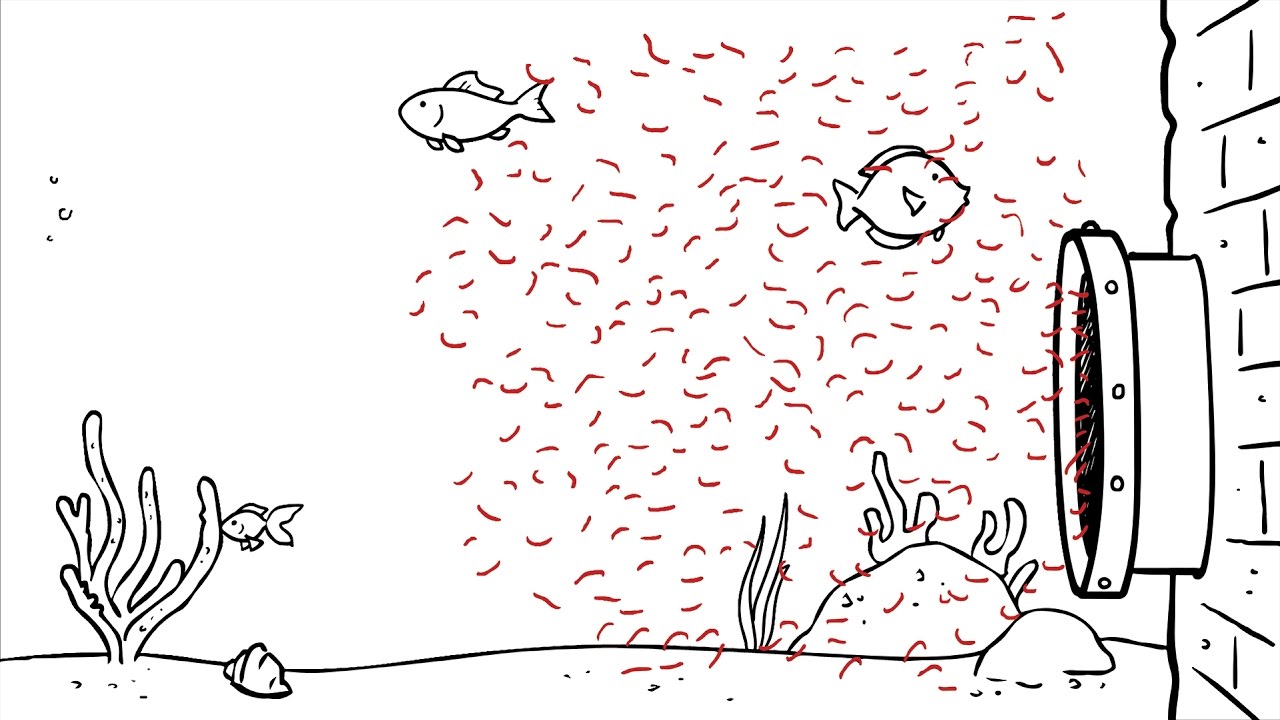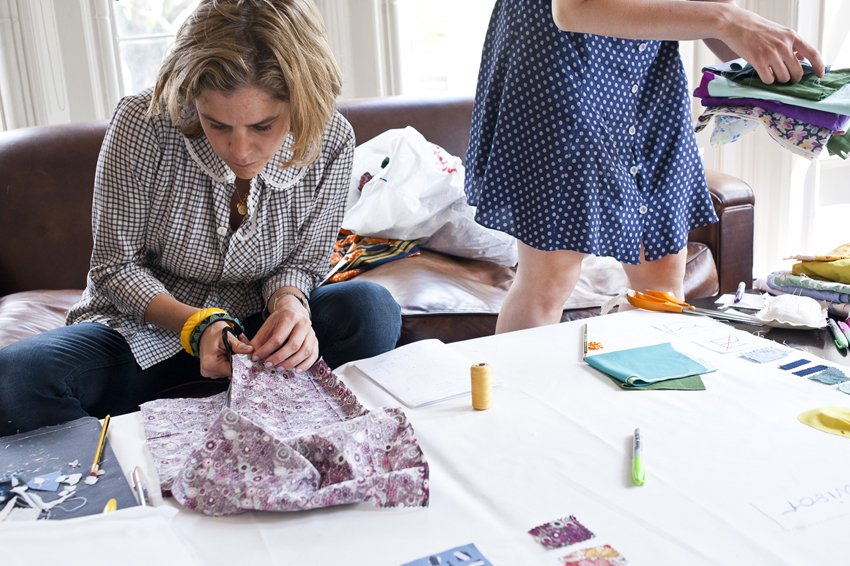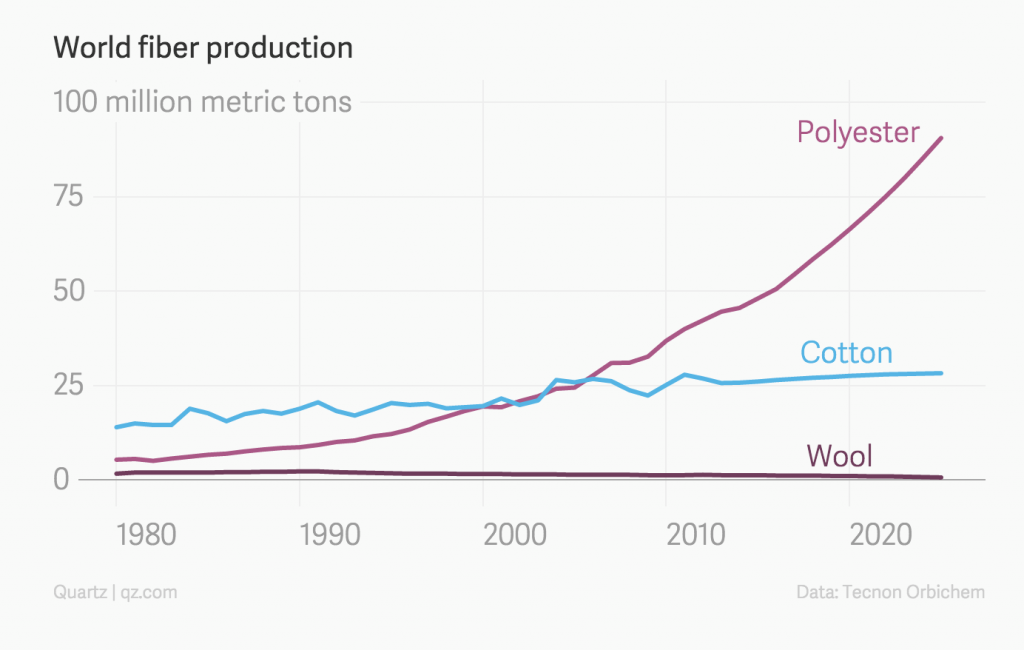You may have seen my recent story on microfiber pollution, the tiny fibers shedding from our clothing in the wash and filtering into the ocean.
First discovered by Sydney-based scientist Dr. Mark Browne in 2011, it has since been reported by further sources as a significant issue that needs attention and action.
Image via The Story of Stuff

I’ve been on a mission for the last few months to find out everything I can about the issue of microfiber pollution.
I’ve interviewed a diverse range of people on the issue from scientists, fashion designers to material manufacturers. My research led me to the sustainable fashion and textile designer, consultant and researcher Dr Clara Vuletich.
I sat down with Clara at her house to eat apple pie and chat about ‘the designers’ role in stopping microfiber pollution, here’s what I learnt.

Change Takes Time
The fashion industry is working on multiple issues currently and change takes time. Rather than snub them, Clara works alongside ‘fast fashion’ brands to bring about change. She has worked extensively with designers at H & M, Gucci Group and VF. Corp, pioneering a sustainable design methodology called The Ten.
“I’m so glad that microfibers have come into public awareness but with this particular issue being difficult to monitor and action, it’s going to be perhaps a slower change.”
Synthetic Clothing Is A Growing Issue
Synthetic material is a versatile and cheap material. However, it now dominates the textile market. 75% of new fashion is now made from plastic and ends up in the ocean as microfiber pollution, eventually making its way onto our plate in fish.
According to Patagonia’s latest research The Cleanest Line, microfiber pollution often originates from synthetic textiles (nylon, acrylic, polyester), with low-quality synthetic products shedding the most.
At Clara’s suggestion, as part of the Smarter Materials project, we surveyed to investigate what people are wearing in Australia. The results were eye-opening, with over half of participants’ clothing made from 100% synthetic sources. It was also a standard response that when purchasing clothing, the material was not considered.

The Issue Needs More Research & Collaboration
From our survey, it can be suggested that synthetic material dominates peoples’ wardrobes in Australia, without knowledge of the consequences. Thanks to Dr. Mark Browne, we now know that microfiber pollution is a troubling issue on the ocean. One of the most common answers that came up with Clara is that there needs to be more research.
“We unfortunately can’t blindly start suggesting stopping the use of synthetic materials in textile design without fully researching and understanding microfiber pollution”
There are several areas that need further research to help designers reduce microfiber shedding from clothing, in particular, research on differences between specific synthetic and natural materials. Further research and collaboration between the science and textile world could help find a solution faster.
Changing Textiles In The Design & Production Phase
Changes during the design and production phase could reduce microfiber pollution according to Swedish fashion research organisation Mistra Future Fashion. The group published a 2017 report exploring three key findings.
If ultrasound cutting is applied in the cut & sew process, less brushing and removal in the production stage reduces microplastics shedding overall on the garment. The designer could also consider the environmental outcome of their choices in the design phase.
“The designer needs to be mindful of their material choice dependant on the use/type of garment”


